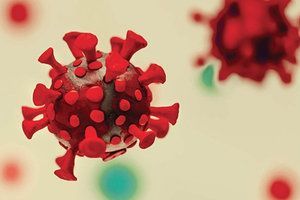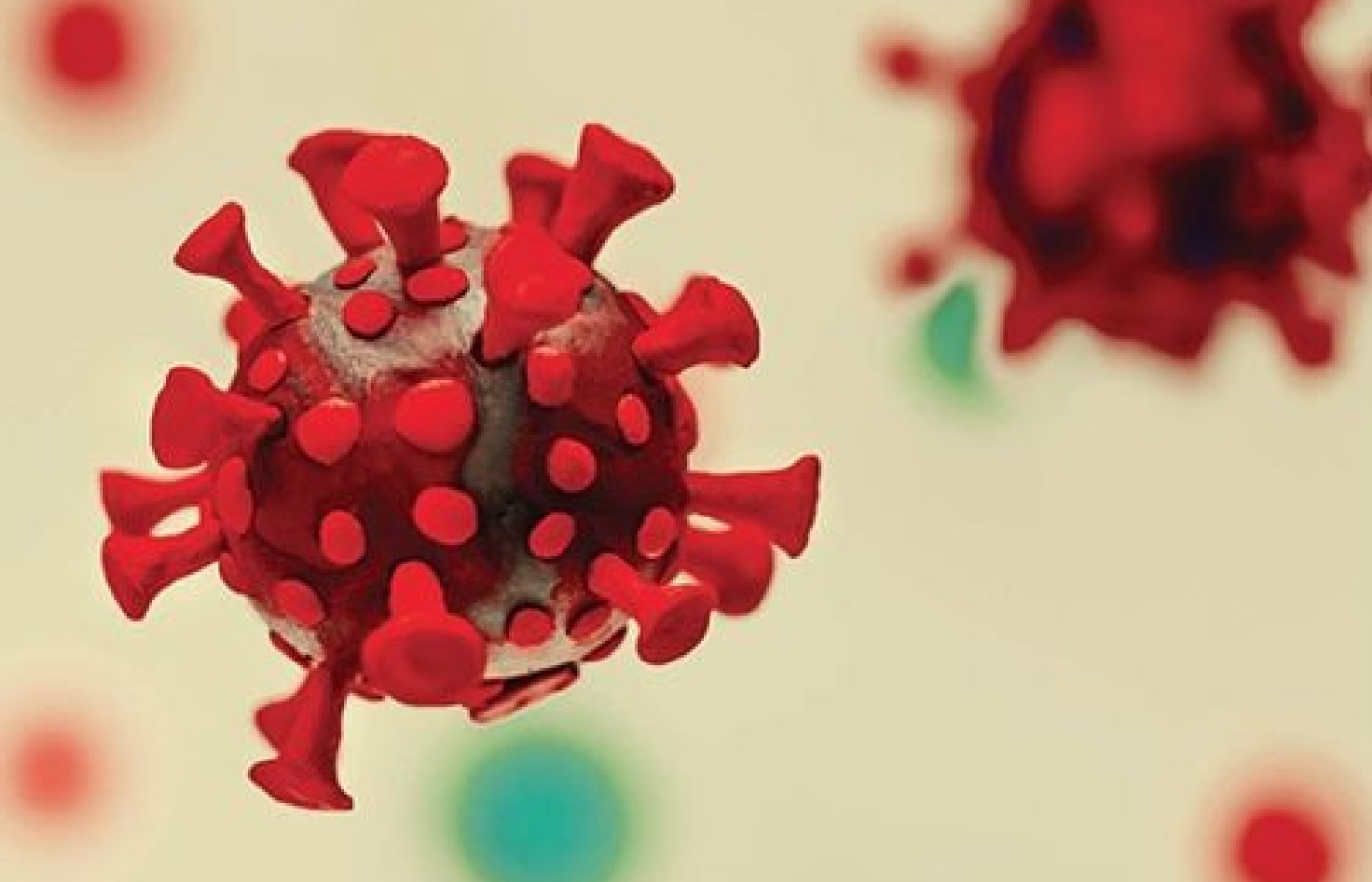Whether you accept it, avoid it or live somewhere in between, insurance coverage has become a defining issue for our profession. Patients increasingly expect to use their benefits, practitioners want to be compensated fairly for their time and expertise, and the system itself remains – at best – fragmented. The encouraging news is that coverage has expanded in meaningful ways. The challenging news is that reimbursement, across the board, remains inadequate.
COVID at Summer Camp: Our Story of an Integrative Intervention
Being invited to be a health staff member at Concordia Language Villages, one of the biggest language summer camps, was an exciting career experience. However, a happy summer holiday quickly became a challenging adventure when the epidemic showed up.
Week 1: The Start
I spent the first week at the Minnesota camp under the shade of maple trees with a beautiful lake breeze alongside my fellow health staff. A Chinese medicine physician from China and a doctoral student at the AOMA Graduate School of Integrative Medicine, I worked with Dr. Koa, a professional acupuncturist, and Dr. Olivia, a camp medicine physician with rich experience in emergency medicine.
We prepared for potential COVID-19 cases by wearing masks and distancing. Our tension decreased after going through a whole box of COVID-19 tests that all returned negative – until a staff came to us one night.
Week 2: The First Patient
The first patient was a staff member who complained of a sore throat for two days. With a negative COVID test, routine salty water gargling was prescribed. However, symptoms worsened the next day and now included a dry cough. Another test was quickly given, but it was still negative.

Despite COVID-like symptoms, her temperature was normal; there was no fever, no pain or ache in the body, no nasal discharge, no sinus, and no allergy. After discussion, we found it difficult to diagnose COVID-19 and decided to try bloodletting on LU 11 and LI 1, combined with cough drops. The combination did work, but only for one day.
In the following days, the staff member suffered from aggravating symptoms with frequent coughing at night when lying down, sweating, and sore and painful throat when swallowing or drinking. Her tongue was red, the coating was thin and yellow, and her pulse was superficial, weak and rapid.
Dr. Olivia listened to her chest with the stethoscope, but the lung auscultation did not capture any signs. No matter how much we suspected that this girl had COVID-19, her COVID tests were always negative. But as TCM practitioners, we knew there was wind heat invasion.
We decided to try non-drug approaches with a whole-body acupuncture strategy. We used different sets of points: yin tang, ear shen men, PC 6, HT 7 to calm down spirit; LU 7, LU 9, LU 10, RN 17, RN 22 to relieve coughing; ST 36, SP 6, SP 9, RN 4, RN 6 to tonify yin and vital qi; ST 40, RN 9, RN 10 to remove phlegm; LU 11, LI 1, LI 4, KD 6, RN 23 for swallowing pain; and LV 3, LI 4, LI 11, DU 14, BL 12, BL 13, GB 20, GB 21 for wind heat in the lung.
We also used tuina and cup-moving on DU and BL meridian with lavender oil; coughing drops and Tussin DM 10 ml before sleep. Both biomed and Chinese medicine methods were used, but yielded only slight improvement.
With no time for frustration, we decided to prescribe oral herbal formulas. Fortunately, Dr. Koa had Sang Ju Yin pills; we gave the patient a max dosage of 36 pills. On the second morning, the patient told us that her coughing and sore throat had improved by 60 percent. Surprised by the effectiveness, we ordered more Yin Qiao San pills, which had a better heat-clearing function dosage.
After three days of herbal treatment, most of her symptoms resolved. We felt huge relief ... without knowing the real challenge was coming.
Week 3: The Outbreak
During the whole second week, other kids and staff kept coming in with similar symptoms. The sore throat was a common initial symptom, followed by headache, joint aches, stuffy or runny nose, coughing with or without phlegm, fever or chills, sweating, or fatigue. However, all cases were testing negative and we began to suspect the validity of test kits.
We then decided to open a new box of kits. New test kits gave positive results immediately on kids who lived in the same cabin with our first patient. We then screened 12 positive cases. By the end of summer, 35 percent of the 150 students and staff tested positive. Quarantine required urgent action, but we had to face more complicated issues brought about by COVID-19.
COVID-19 affects people physically, socially and mentally. Kids who tested positive were brave enough to actively keep their distance from best friends, but they were also under tremendous pressure, thinking they had done something wrong or brought the virus to others. Protecting them from panic and depression is essential prior to treatment.
I would hold their hand, look into their eyes, and say, "Let us face this together." We took deep, diaphragmatic breaths, synchronized our breaths, and shared a warm hug if able. If it were not raining, I would take a stroll with them in the forest, chatting in the sunshine and fresh air. We shared chocolate bars, candy or ice cream as a privilege for infected kids, who loved to call them "antidepressants" or "anti-COVID" treats.
After they were moved to the isolation cabin, I started running around to ensure all necessities were met with help from our Dean LuLu and other enthusiastic staff: dragging two giant water carriers filled with water, ice, lemon, and cucumber slices to ensure hydration and vitamin C; getting new fans for every room to cool them down; checking kids three times a day and giving daily medication.
I panicked at first because dealing with incredibly sick kids and staff was beyond my expectation for a summer camp. Nevertheless, putting on my armor of mask and goggles, I knew I needed to take on this responsibility and make the best effort as a TCM practitioner.
Week 4: The Integrative Plan
Fortunately, with the experience from the first patient, we had more faith in making an integrative plan. Medications were given to control inflammation; herbs for wind-cold, wind-heat and lung yin and qi deficiency patterns; and acupuncture and acupressure to relieve symptoms.
Mild signs and symptoms in the first few days, including headache, clear nasal discharge and mucous, white tongue coating, superficial pulse, weakness, fatigue, and headache, indicated cold and wind invasion. Ginger water with acetaminophen was our first approach.
After 1-3 days, symptoms typically worsened with coughing yellow or green sputum, red tongue, thin or thick yellow coating, and rapid pulse. We would give dextromethorphan, cough drops, ibuprofen, or phenylephrine. If the body temperature was greater than 99°F, Yin Qiao San tablets were the best choice, clearing wind-heat and relieving upper-jiao symptoms like sore throat, headache, fever, body ache, and sweating.
After 5-7 days, if most signs were reduced, it was time for recovery. The patient could still have fatigue, dry cough, and chest ache when taking a deep breath, which improved during the day – but worsened at night. Damaged yin and qi in the lungs could be nourished by Nin Jiom Pei Pa Koa (Chuan Bei Pi Pa Gao) effectively.
A Valuable Experience
We were delighted to see most of the kids and staff eventually recover from COVID-19 before leaving camp. We not only enjoyed the scenery in Minnesota, but also gained precious experience in healing the physical and mental trauma caused by COVID-19. We were grateful that all the staff were understanding.
This outbreak in summer camp warns us that the potential threat of COVID-19 is still there. However, our showed that Western doctors and Chinese medicine practitioners can take on the challenge together with cooperation and communication.
Acknowledgment: Thanks to Dr. Zhenni Jin, Dr. Oliva Cronin and Dr, Molie Nelson for their assistance with this article.



